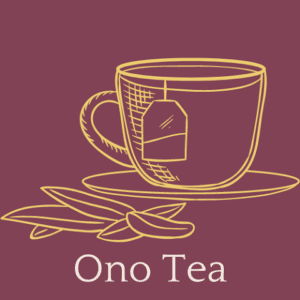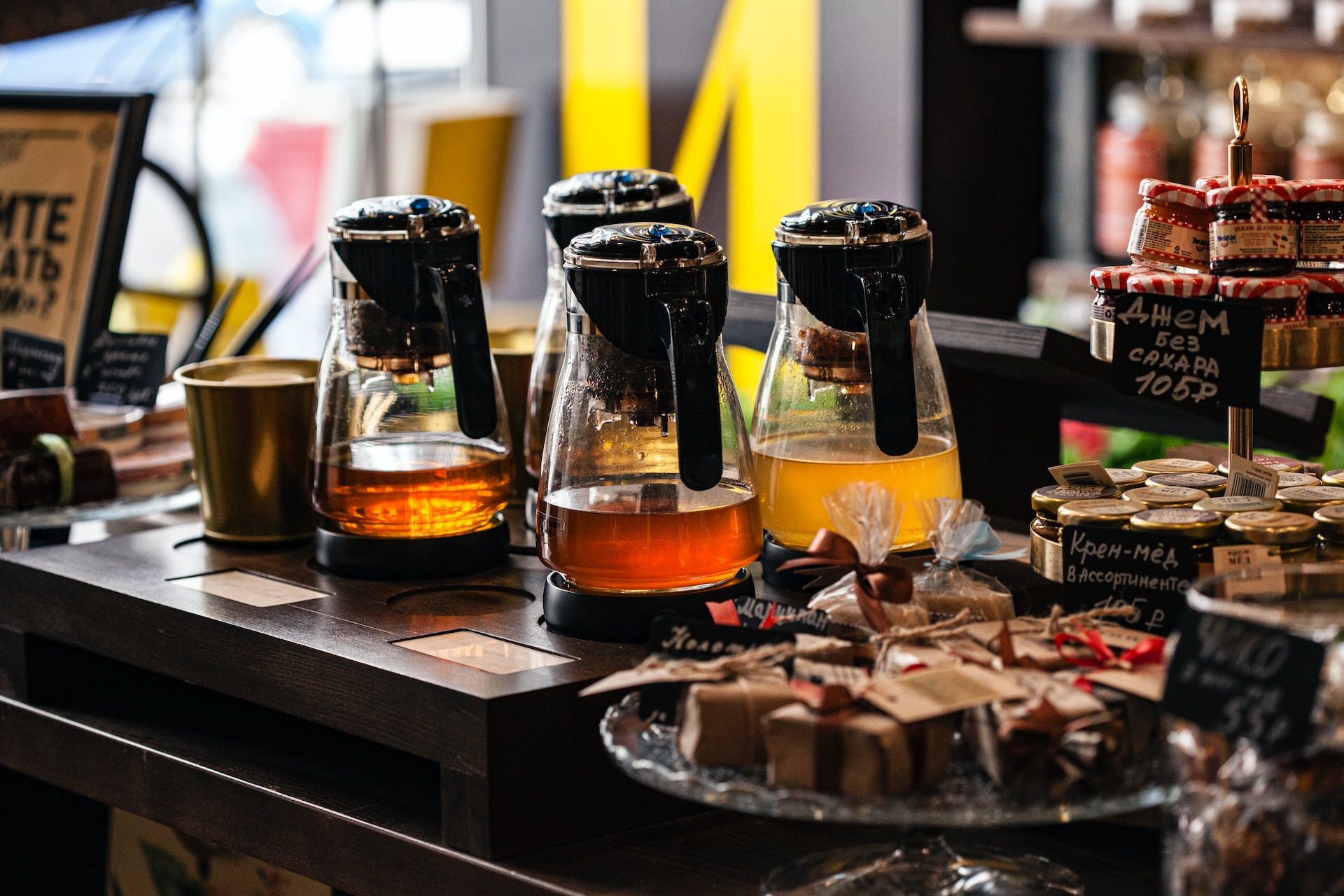If you want to treat your taste buds to a creamier, butterier Oolong tea, you should try the milk Oolong tea. It is different from the usual Oolong varieties available on the market. However, commercialized growth on a larger scale makes them readily available in nearby markets.
The milky Oolong is a delight for many Oolong tea connoisseurs. It is comparatively sweeter than other versions of Oolong tea. The signature floral taste is prevalent in milk Oolong tea. These are the best milk Oolong teas for beginners. They can acclimate your palate to the bitter and highly oxidized Oolong teas.
The Speciality of Milk Oolongs
White Oolong is a variety that grows in the mountainous regions of Taiwan. It comes from the same plant that produces black, white, and green tea. Milk Oolong tea leaves are less oxidized than other varieties.
They were lightly roasted afterward. The process does not include the addition of any aromatics or flavors. Fermentation is the essential aspect of the procedure, and it ensures that tea leaves have a milky texture.
The milk Oolong tea leaves are withered, fermented, oxidized, roasted, and sorted similarly to the other varieties. However, each step follows a slightly different protocol and period.
Top 5 Milk Oolong Teas
Following are the best milk Oolong tea variations available on the market.
1. Tealyra Milk Jin Xuan Oolong
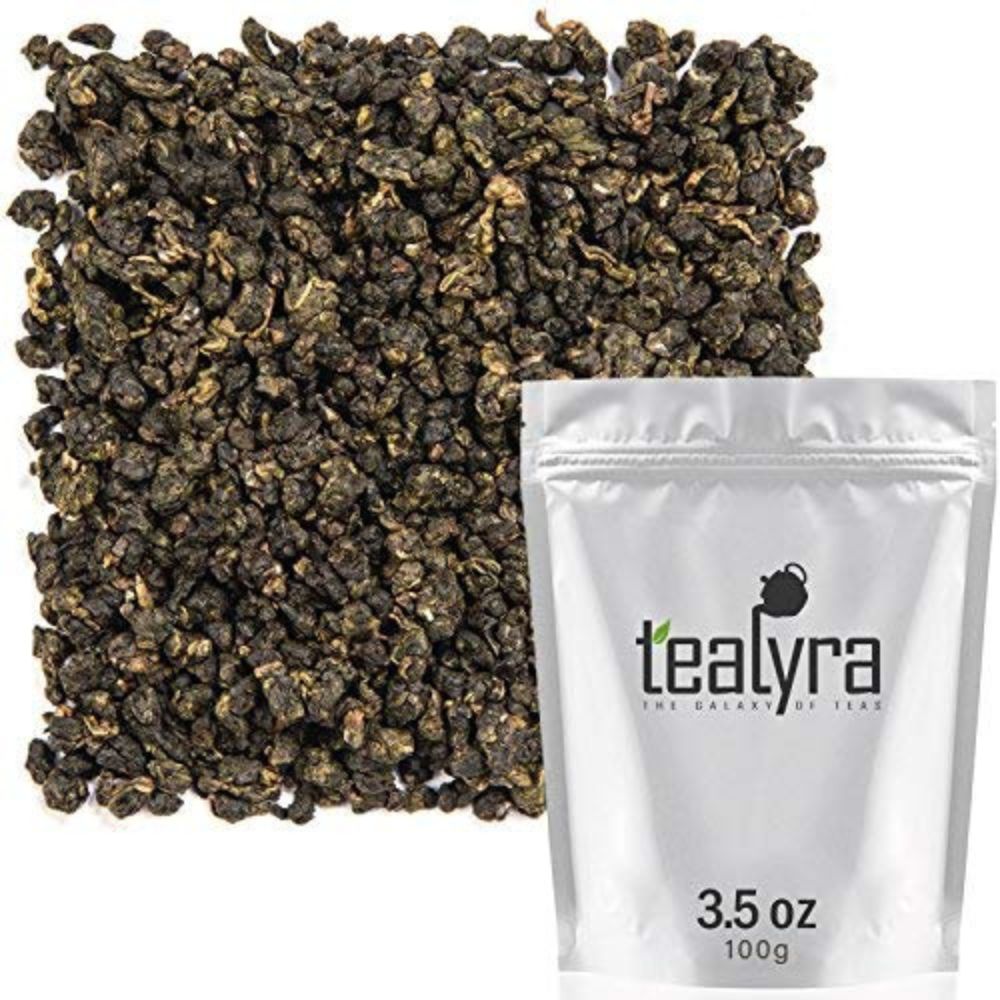
These are the loose tea leaves desired from the Oolong tea plantation on the Taiwanese mountain. Taiwanese tea claims to assist in fat burning.
The Oolong leaves do not contain artificial flowers. The smooth, creamy, wonderful taste is one you do not want to miss.
These hand-processed tea leaves will impart a light yellowish hue to the brew. The texture is buttery, and the aftertaste lingering on your tongue is sweet.
Milk Oolong tea is rich in antioxidants. It can help cleanse your body from oxidative stress. You can derive the perfect texture for this milk Oolong tea using the ideal temperature and soil conditions.
Such environmental conditions render the leaves organic. The milk released is buttery in the first brew. Therefore, the following brews may have a much more subdued flavor. Hence, you should serve it as soon as it brews.
Pros
- Available in 3 and 7 ounces
- Has loose leaves
- Processed with hands
- Lightly oxidized
- Pale yellow
Cons
- It has a pungent coconut scent
2. Fonming Jin Xuan Oolong Tea
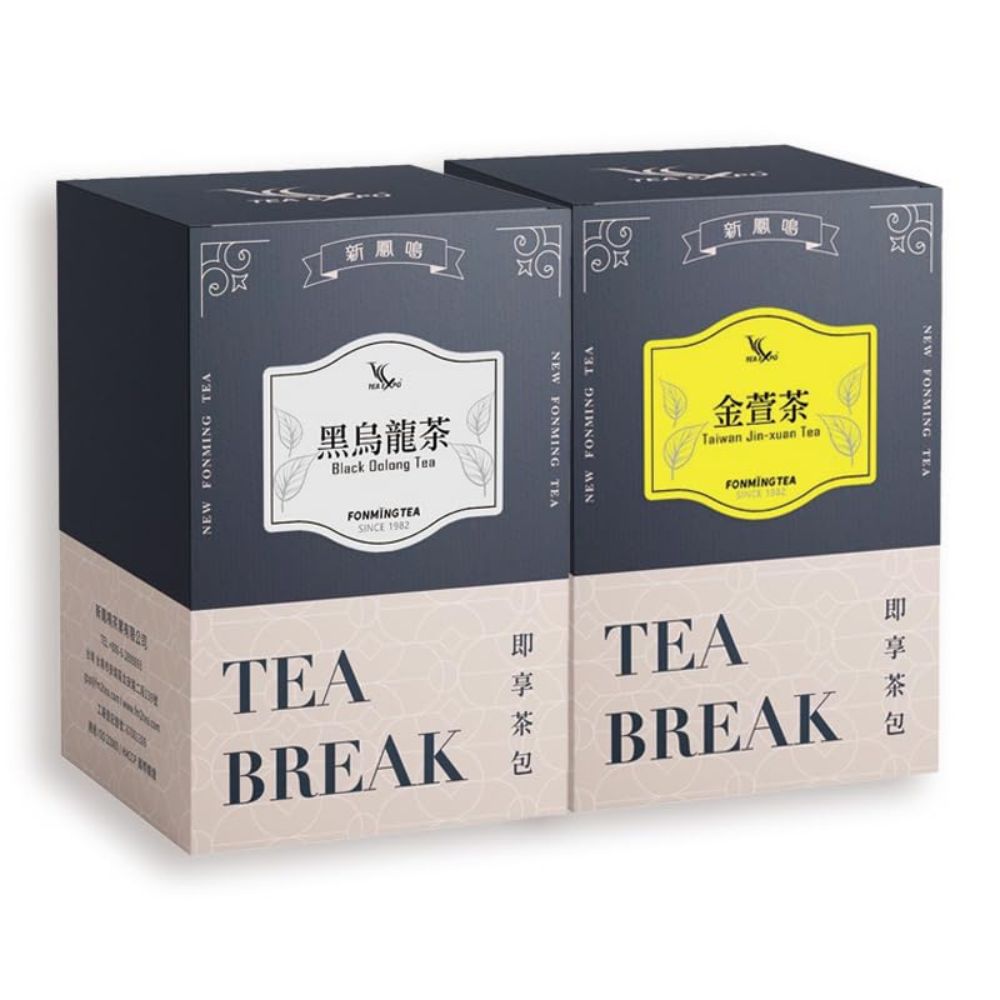
This high-mountain Taiwanese Oolong tea is grown at high altitudes. The stable environment imparts a unique, creamy flavor to the tea.
The milk Oolong tea is available in bags that use cotton material. It takes a long steaming time. You can brew it more than once. The taste will last for a few brews. Moreover, the longer steeping duration also enhances the overall texture of the Oolong tea.
You can use the milk Oolong tea bags for hot and cold tea. The Oolong tea leaves come from Nantou, Taiwan. You can only cultivate the leaves for this Jin Xuan tea twice a year. Therefore, the soil has sufficient nutrients to support the biannual harvest.
A single tea bag steeps for about 2 to 3 minutes in hot water. You can soak it for an hour in cold water to get the mellow taste. However, these Jin Xuan tea bags can stay in the brew until it finishes.
These Oolong tea bags also have a range of antioxidants. However, the most prevalent are catechins, which effectively reduce oxidative stress.
Pros
- Cotton tea bags
- Convenient
- Floral and mellow taste
- High steeping time
Cons
- It does not have a milky texture like a loose leaf
3. Tearelae Milk Oolong Tea
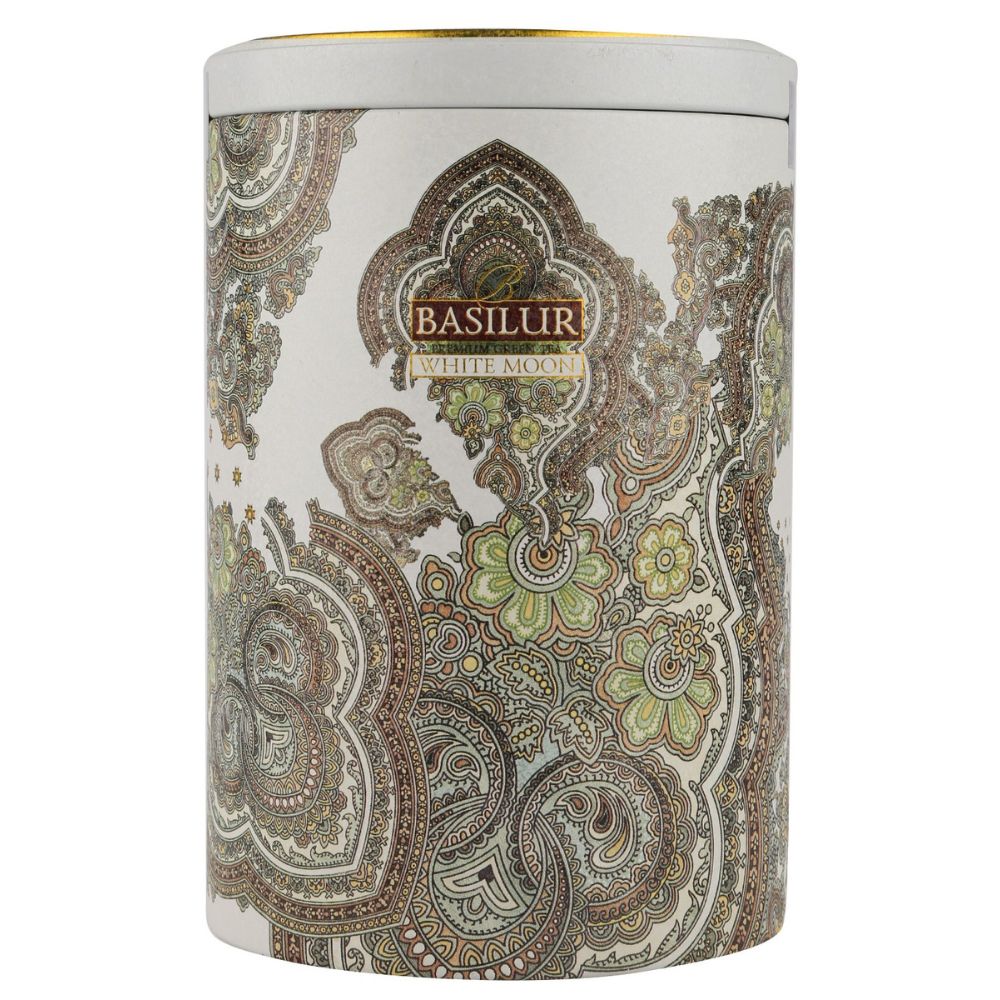
There is a particular milk Oolong variety used for making tea. Meticulously picking up the leaves provides a delicious, milky, smooth texture.
Not all the Oolong leaves are used for further processing. Roots with intact, soft stems are refined and packaged as Oolong tea. Each bud has two emerging leaves.
These give a more intense, creamy flavor to the tea. Moreover, you get the high mountain punch, which is characteristic of Jin Xuan Oolong tea. The authentic Taiwanese Jin Xuan milk Oolong only uses such roots.
Testing authorities approve the tea as legitimate, quality, and healthy milk Oolong tea. The floral and buttery aroma of the tea refreshes your senses. You can steep the leaves in both hot and cold water.
The leaves can stay dipped in the water longer. Moreover, you can also use the same leaves three times to make your tea. Jin Xuan tea contains minerals that can help you regain nutritional balance in your body.
Pros
- Authentic and certified
- Rich milky flavor
- Lasting taste
- You can brew it three times
Cons
- The potent, milky flavor fades after the first brew
4. Oriarm Milk Oolong
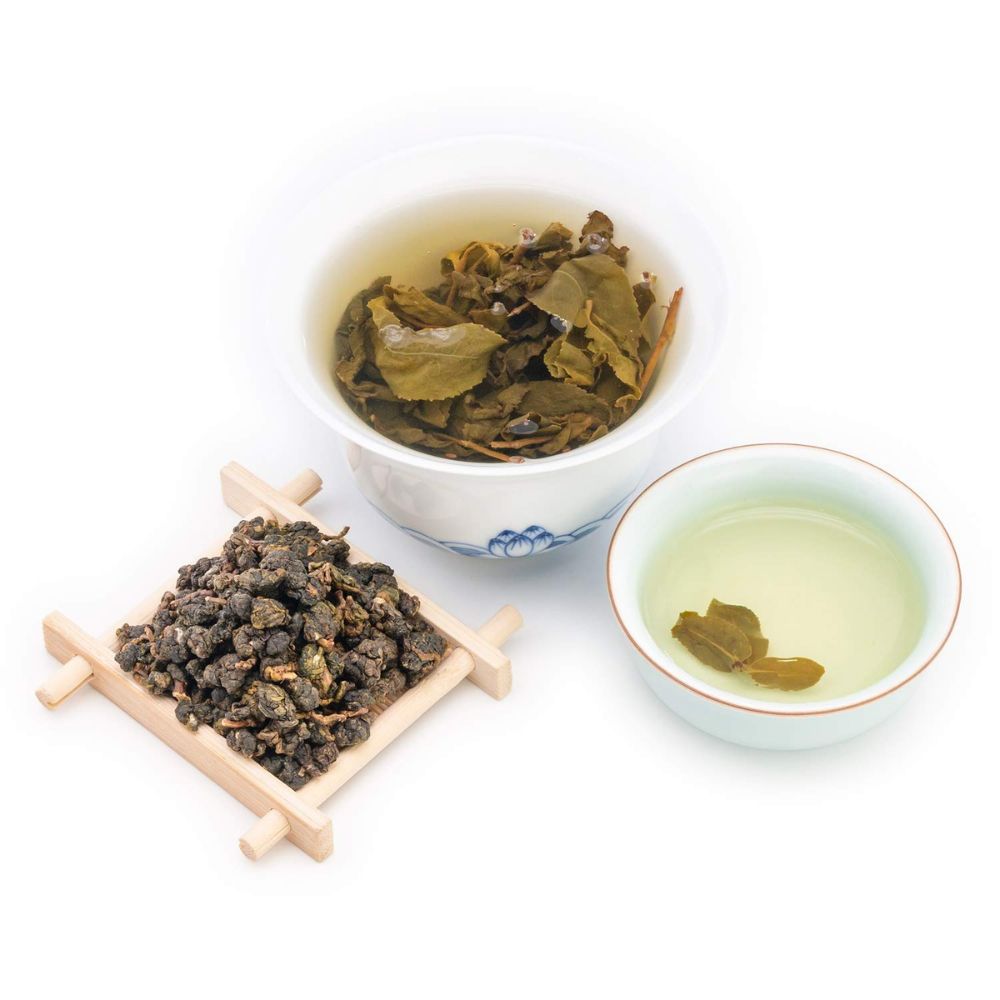
You can also subject these loose milk Oolong tea leaves to a rigorous selection protocol. The leaves have a soft stem that you can ferment.
The fermentation and oxidation processes are light to draw out the creamy Oolong taste. The stems are roasted alongside the leaves to keep the Jin Xuan milk Oolong fragrant.
You can also determine the intensity of your tea by measuring the amount of leaves. You can drink it at any time of the day. However, consuming this exceptional tea in the morning soothes your mind and body.
A slight touch of caffeine can boost your energy without making you jittery or hyperactive. You do not have to steep milk Oolong tea in the water for longer than two minutes.
In hot water, it instantly releases its buttery taste and floral fragrance. It might take some time before filling the water with decadent flavors at colder temperatures.
You can steep the leaves five times. However, you should instantly remove the leaves after the first few brews. You will get a more prominent, creamy flavor after the initial few steps.
Pros
- It has pure Oolong leaves
- It lasts for up to five steeps
- No artificial flavors
Cons
- The first two brews are not quite creamy
5. Greenfield Milky Oolong
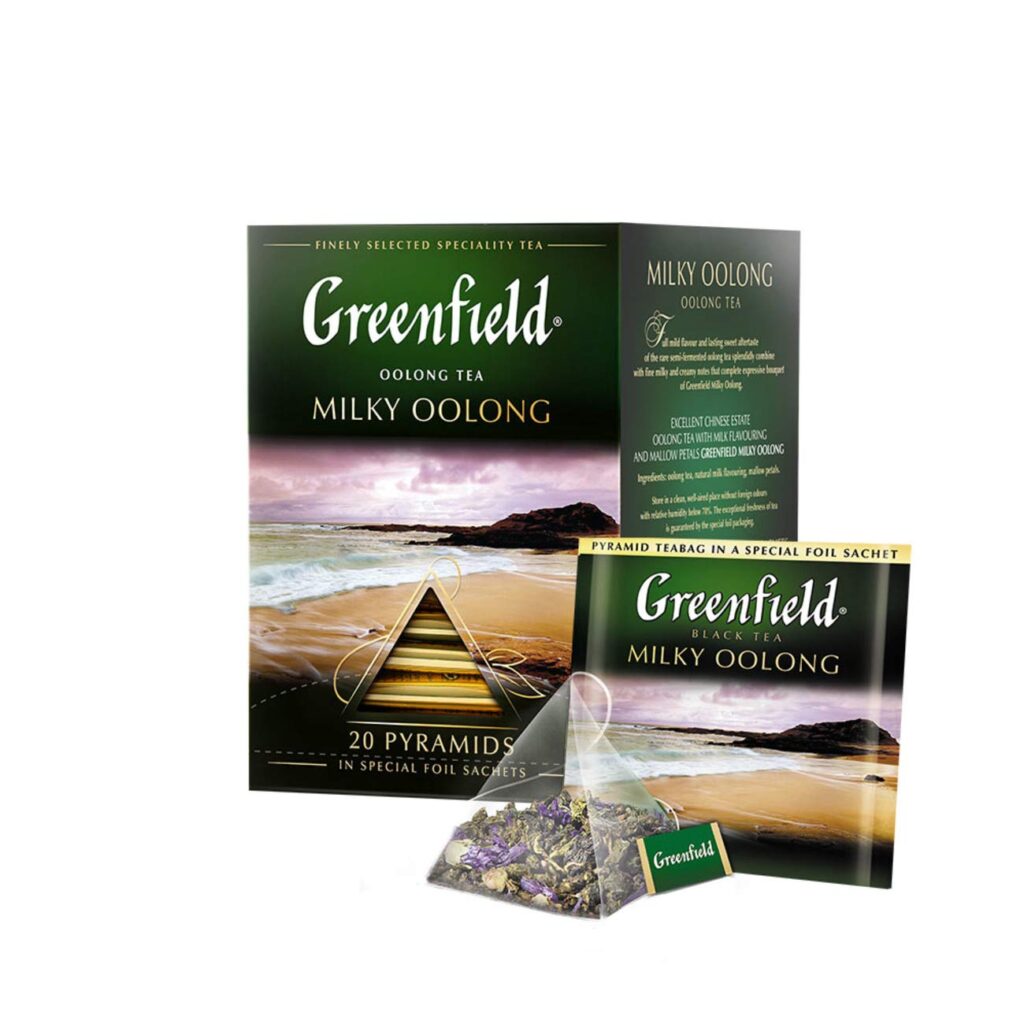
The pyramids of milk Oolong contain a suitable blend of buttery and bitter tastes. These are semi-fermented to achieve the optimal flavor that leaves a lasting aftertaste. The tea farmers use clear, pure water from the mountains.
These experienced tea growers pluck out the most delicate and fresh leaves. These then undergo partial fermentation, turning them into a heavenly delicacy.
These leaves take more than five minutes to integrate into the water. Moreover, it is advisable to let the boiling water sit for a few minutes before adding the leaves. This unique packaging features small pyramids that contain equal proportions of leaves.
The transparent packaging lets you assess the quantity in each pyramid. It will help you analyze the amount you put in the pot for each serving. These are sufficient to serve the milky Oolong per cup.
You can use the same leaves for the next few cups, too. However, they are the most delectable when brewed for the first time.
Pros
- Convenient packaging
- Measured quantities
- Serves 20 cups
- No additives
Cons
- Only last for two steeps
Beginner’s Guide
To get the best Oolong tea, you must know some of the following facts:
Loose Leaves vs Tea Bags
Jin Xuan loose leaves are always a better option than tea bags. They taste much better. Furthermore, they fill your tea with all the flavors.
The loose leaves are less processed and more refreshing than the cotton tea bags. Moreover, you must be perceptive of the fragrance you get after opening the Oolong tea bag.
Additives
The tea is artificially flavored if you can sniff the diary or the condensed milk scent. If the flavor faded after the first brew, your tea contained additives.
Steeping Time
Use the Oolong tea that retains flavor till Three brews. An authentic Oolong tea leaf will produce the characteristic taste for more than three brews. Only Jin Xuan milk Oolong leaves can tolerate prolonged steeping periods.
Conclusion
Milk Oolong tea is the best for people trying to familiarize themselves with the tea. The other Oolong and tea types can be more bitter.
People who cannot bear the tart and highly oxidized Oolongs and teas should also opt for the milky versions. You are missing out on life if you have not experienced the sweet, floral taste of the irresistible milky Oolong.
